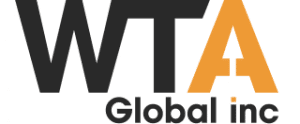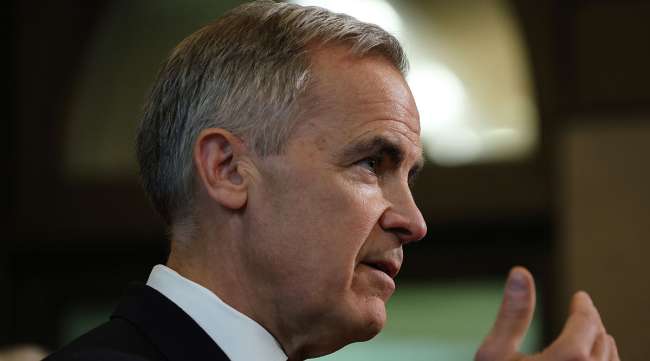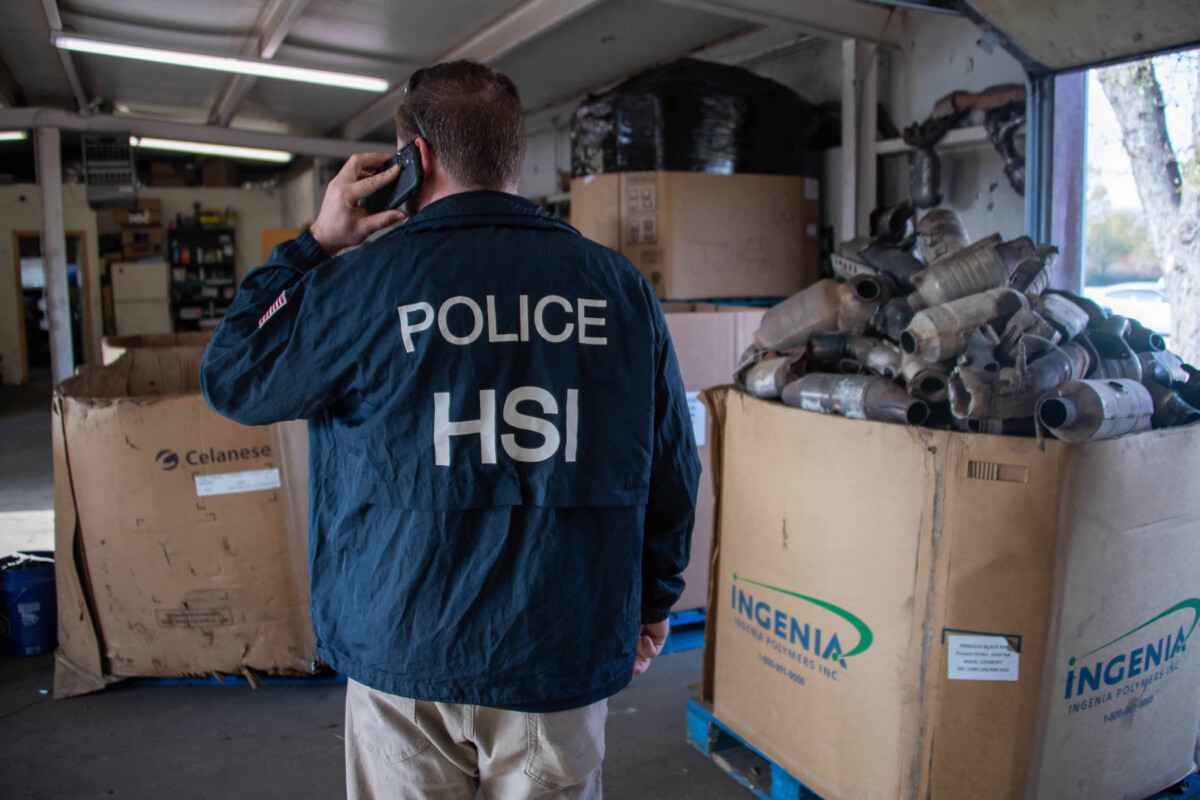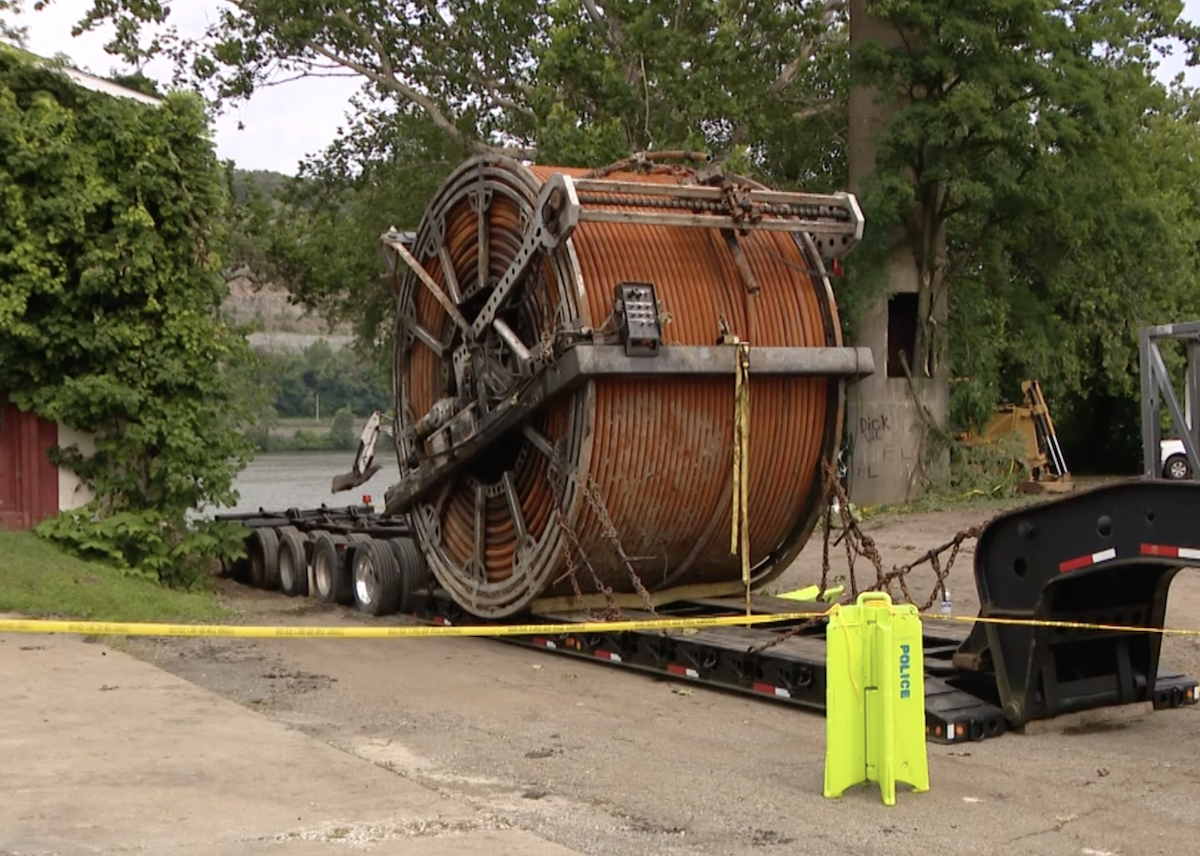“We need to recognize that the commercial landscape globally has changed,” Canada Prime Minister Mark Carney told reporters in Ottawa before a closed-door meeting of his cabinet July 15. (David Kawai/Bloomberg)
Canadian Prime Minister Mark Carney said he believes trade negotiations with the U.S. will “intensify” but acknowledged there’s little evidence the Trump administration is willing to cut a deal that would completely drop tariffs.
“We need to recognize that the commercial landscape globally has changed,” Carney told reporters in Ottawa before a closed-door meeting of his cabinet July 15. “We will continue to focus on what we can most control, which is building a strong Canadian economy.”
Canada’s public position has been that most of its trade with the U.S. should be tariff-free under the terms of the U.S.-Mexico-Canada Agreement, which the countries agreed to during President Donald Trump’s first term. But July 15, the prime minister appeared to be trying to manage expectations, observing that no country has been successful so far in convincing the U.S. administration to remove the tariff threat.
In June, Carney’s government announced it would boost defense spending this year and scrapped a digital services tax that would have cost U.S. tech giants billions of dollars, meeting two demands Trump had on Canada. The prime minister said the two countries would aim for a broader trade agreement by July 21.
Then, on July 10, Trump posted a letter to Carney threatening to impose 35% tariffs on Canadian goods by Aug. 1. The letter made no mention of the Canadian federal government’s efforts to ramp up spending on defense and border security, nor its decision to eliminate the digital tax.

Shipping containers at the Port of Montreal on July 12. (Andrej Ivanov/Bloomberg)
Kate Barton, the global CEO of law firm Dentons, said Trump “has always been quite passionate about tariffs” and seems determined to stick with that policy during this term, partly because the government wants the revenue.
For countries trying to negotiate, “you can either fight the tariffs, or you can try to finesse your way through,” Barton said. “And I think that with somebody with the personality traits of the current U.S. administration, finesse is the way to go.”
Canadians are skeptical about dealing with Trump. A new survey by the Angus Reid Institute found that 84% of Canadians don’t believe that Trump and his officials will “negotiate in good faith.” Only 11% are confident they’ll negotiate fairly.
White House officials have said the 35% tariff, if implemented, wouldn’t apply to goods shipped under USMCA that currently enjoy an exemption from the U.S. tariffs that went into effect in early March.
Since his return to power in Washington, the president has sidestepped the continental trade accord to place or announce new import taxes on foreign steel, aluminum, cars and copper.
Carney told reporters that “a strong Canadian economy, to be absolutely clear, includes a strong steel industry. It includes a strong Canadian auto industry, a strong Canadian aluminum industry, and copper industry and others. And we’ll be focused on what we can do to support that.”
Expectations are high that Carney will be able to negotiate a favorable trade deal with the U.S., and the prime minister is trying to give Canadians a reality check, said Brian Calder, senior trader and portfolio manager at Franklin Templeton Investments.
“He is kind of reinforcing that it’s very difficult to be able to gauge how successful trade discussions are with the U.S. when you have someone as haphazard as Trump,” Calder said.






